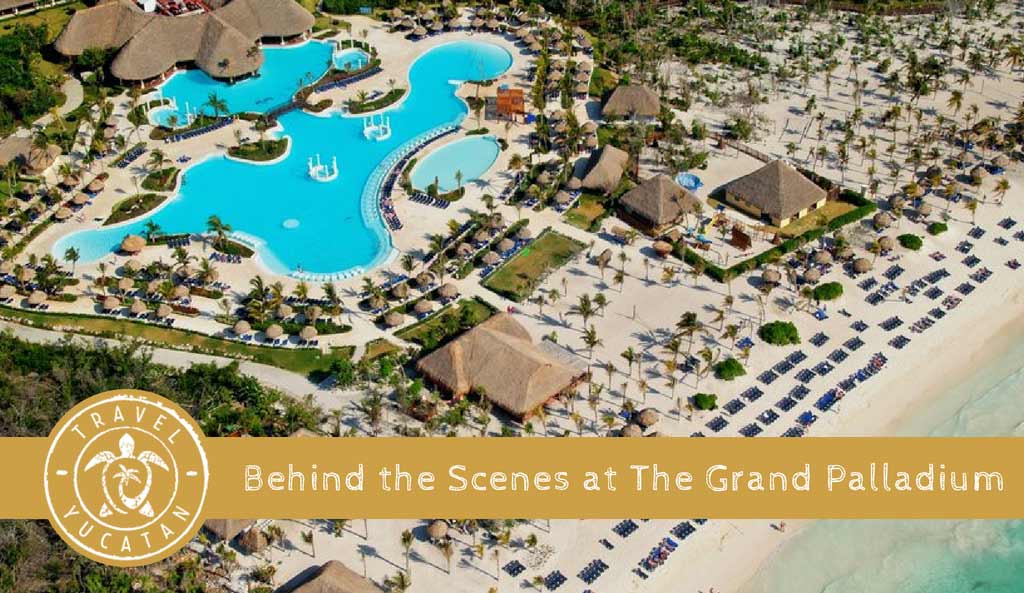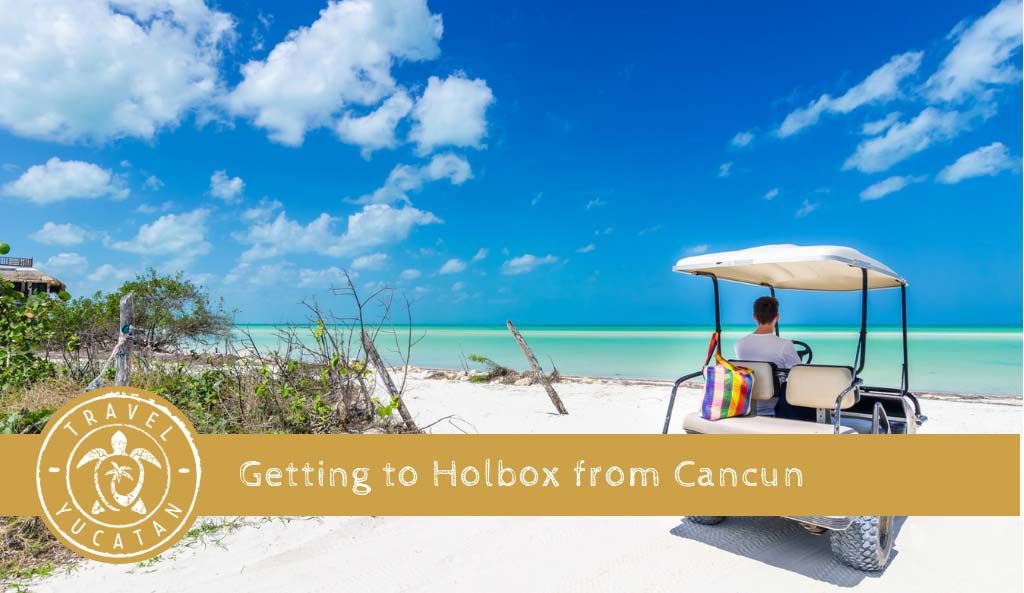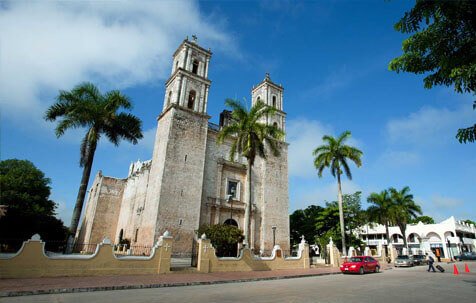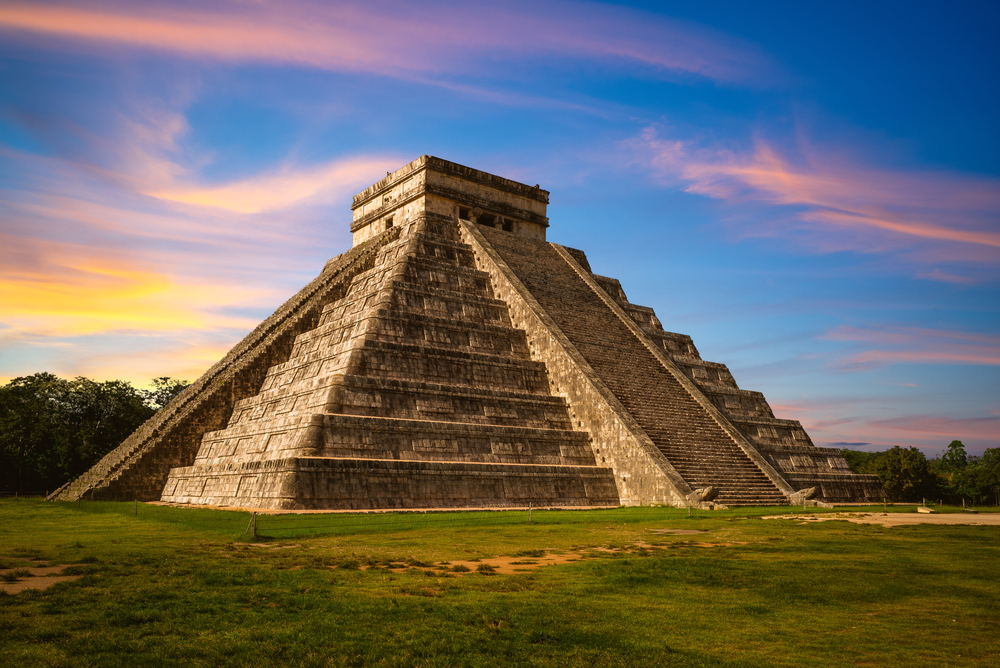AIRPORTS
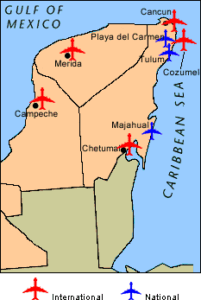
![]() International
International
Cancun International Airport [CUN]
Cancun International Airport is located outside the city of Cancun at kilometer 22 of the Cancun-Chetumal highway.
The airport consists of three terminals. All terminals have arrival and departure concourses. The new terminal three facilities include 84 check-in counters and 12 jet-bridge boarding gates and four apron doors, with open public spaces and a variety of services. The advanced security system includes Mexico’s first CT scanning system for all checked baggage.
The airport has two other terminals. Terminal one serves all charter flights, while terminal two and a connected satellite building serve all national and international scheduled flights.
These two terminals together comprise 45 boarding gates, 12 in terminal one and 33 (A1-A11 and B1-B22) in terminal two.
Facilities and sevices at the MAIN terminal include banks, duty free shops, convenience stores, beauty parlor, VIP lounges, business center, food court, restaurants, bars, video arcade, tourist information booths, restrooms, lockers, medical services, vending machines, public phones, car rental agencies and money exchange stores.
The FBO terminal have more limited facilities than the MAIN terminal to include only the essential services.
In both terminals there are airport representatives with information about the airport and the location of all the facilities.
MAILING ADDRESS
Cancun International Airport
Carretera Cancun-Chetumal Km. 22
Cancun, Q. Roo. Mexico 75000
Official airport web site for: Cancun International Airport
![]() For more info see: Cancun Airport Map
For more info see: Cancun Airport Map
Merida – Licenciado Manuel Crecencio Rejon Int´l Airport [MID]
Merida’s airport is 13km from the city center on the southwestern outskirts of town, near the entrance to Highway 180.
It is a small airport and easy to navigate. The airport has car-rental agencies, tourist and information.
MAILING ADDRESS
Mérida Airport, AP 2
CP 97295 Merida
Yucatan, Mexico
Tel: (55) 55-71-63-96
(55) +52 (55) 37-26-04-33
Fax: +52 (55) 57-62-59-51
Campeche Ingenerio Alberto Acuna Ongay International Airport [CPE]
AKA: Campeche International Airport
Campeche airport is located 6 km/4 Miles southeast of the City.
This is a very small airport servicing primarily private planes and flights from Cancun and Mexico City.
Chetumal Airport [CTM]
Chetumal Airport is located a short 2 km drive from the city center.The terminal building includes desks for several local airlines, shops, and other conveniences.
MAILING ADDRESS
Prolong Av Efrain Aguilar s/n
CP 77049 Chetumal
Chetumal Q Roo, Mexico
Tel: (983) 2-08-98
(983) +52 (983) 2-04-65
(983) +52 2-96-39
(983) +52 (983) 2-07-24
Fax: +52 (983) 2-30-78
Cozumel Airport [CZM]
The Cozumel Airport is located 3 km (2 mi) north of San Miguel.
This airport is used for both International and Domestic flights.
If you are flying out of Playa del Carmen to Guatamala you will fly over to Cozumel then depart from there. You also return via Cozumel and sometimes must take the ferry back to Playa.
MAILING ADDRESS
Carretera Aeropuerto Int´l
CP 77600 Cozumel
Quintana Roo, Mexico
Tel: +52 (987) 2-04-85
Fax: +52 (987) 2-40-88
![]() National/Domestic
National/Domestic
The Yucatan Peninsula has a number of smaller airports [paved and grass runways].
Playa del Carmen Airport
Playa del Carmen has a small airport that mostly offers trips to Belize, Guatemala, Chitzen Itza or other Mayan ruins.
The Playa del Carmen Airport is located on 20th Avenue South off 1st Street.
Chichen Itza Airport [CZA] Isla Holbox Airport
Isla Mujeres Airport
Majahual Airport
ARRIVALS TO CANCUN INTERNATIONAL AIRPORT [CUN]
GENERAL INFO
The major airports in the Yucatan Peninsula are located in:
Cancun – International
Cozumel – International
Merida – International
There are also international airports located in Chetumal, and Campeche however to our knowledge there are presently no flights in from Canada, U.S. or Europe. You can fly from a Mexican departure point to either of these destinations.
There are also numerous smaller airports located all over the Peninsula and into the Chiapas.
To exit or enter Mexico by air you MUST do so via an international airport. Thus you fly out of Playa del Carmon to Cozumel to fly to Guatemala.
There are two major airlines in Mexico, both formerly state-owned and with international as well as domestic flights. They are Aeroméxico and Mexicana, which between them connect most places in Mexico.
Internal airfares reflect the popularity of the route: the more popular the trip, the lower the price. There are few discounts, and it’s usually twice as much for a round-trip as a one-way ticket.
Mexicana and Aeroméxico offer multi-flight airpasses, available only outside Mexico, valid for 2 to 45 days, and with different prices for 2- to 5-flight passes, [depending on which region of the country is covered]. Contact Mexicana for more information.
Information about the smaller airlines is not usually available in cities not served by them, nor from Aeroméxico and Mexicana offices.
Your local travel agent can access a computer network with complete scheduling for all flights in all airports. Bookings can be made before you even leave your country and are sometimes cheaper than buying them onsite.
Mexico charges an airport departure tax of US$18-US$25 or the peso equivalent for international and domestic flights. The fee varies according to the airport and the current currency conversion rate and is usually included in the price of your ticket, but check to be certain.
Traveler’s checks and credit cards are not accepted at the airport as payment for this.
TIPS
If you are going to travel in a small airplane it is recommended to take earplugs with you in case you get stuck sitting next to the engine. Try to board the plane first and sit at the back. You may notice a veteran flyer going for these seats, they know. The loud noise can give you a splitting headache on even a short flight.
Small planes do not really have a bathroom. There is a small curtain and a portable toilet. Go before you fly.
On small planes there is no stewardess. Your tour operator will act as guide, boarding officer and stewardess. Snacks-meals are generally served however it is advisable to bring your own food and especially beverages as if you happen to travel on a packed flight your guide may be too busy to serve you quickly.
PRIVATE PLANE OWNERS
If you are flying into Mexico then the source for information is:
AIRPORT DEVELOPMENT
The investment for the modernization of Mexico’s Metropolitan Airport System, consisting of Mexico City International Airport and the peripheral terminals of Toluca, Cuernavaca, Puebla, and Querétaro, will add up to USD 1 billion. Aeropuertos y Servicios Auxiliares (ASA) said that together these airports handle 60 million passengers and more than 700 000 aircraft movements a year.
The company stated that construction of the new Terminal 2 at Mexico City Airport has cost more than USD 600 million, of which over USD 200 million were provided by the Federal Government, while the other USD 400 million were obtained from a syndicated credit granted by four banks: Citi Group- Banamex, BBVA Bancomer, Inbursa, and HSBC, through Nacional Financiera. ASA clarified that such financing is part of the first credit obtained by the Federal Government that will not be converted into public debt since it will be paid off with a portion of the annual airport user tax (Tarifa de Uso Aeroportuario, TUA) to be collected during that period.
With the extension of Mexico City International Airport, the terminals there will have an annual capacity to serve 32 million passengers – 20 million at Terminal 1 currently in operation, and 12 million at the new Terminal 2 due to open in April 2007 – up from nearly 25 million at present. — A Government official has denied plans of a third runway at the airport arguing there is not sufficient space. However, he ensured the Government will maintain the two existing runways in good condition.
Representatives of Mexico’s industrial sector are promoting construction of an international airport on the ‘Mayan Riviera’ to foster tourism in the region. The Mexican Chamber of theConstruction Industry presented the initiative to local authorities to build the airport near Tulum.
During a first stage, the airport would consist of a main terminal building, logistic facilities, and a 2200-m runway. The State Secretary for Economic Development, Francisco J. Díaz, commented on the project: “We plan to invest USD 150 million and I hope we can disclose the bidding structure for the project soon. Construction work will require about one year and a half.” Díaz added that the new airport will be located in the area of Tulum and Carrillo Puerto. The Government apparently already has the land for the project, and interested investors may participate in building and operating the airport. — Experts noted that the ‘Mayan Riviera’ is growing rapidly, so construction of an airport in that zone would reduce the time tourists spend travelling. Vacationers currently arrive at Cancún Airport and travel to the ‘Mayan Riviera’ by road.
Grupo Aeroportuario del Sureste, S.A. de C.V. (ASUR) had announced in September 2006 that it has sought authorization from the Federal Government, through the Secretary of Communications & Transportation (SCT), to build and operate an airport in the MayanRiviera. ASUR had not received a reply from the SCT, and there is no assurance that the SCT will respond favourably to this request. – The Mexican Secretariat of Communications & Transportation may offer the Mayan Riviera and Chetumal airports as a package, as reported by local officials. The purpose is to require the successful bidder to invest and refurbish both airports to increase the number of local and foreign visitors. Chetumal Airport, located in the capital city of Quintana State on the southern Mexican border, plays an important role in the regional development, as stated by governmental sources, and this is why it needs to have its runway refurbished and extended.
Shareholders of Puebla’s ‘Hermanos Sedán International Airport’ will invest nearly USD 200 000 to reinforce security measures. This information was disclosed by Víctor Mata Temoltzin, the air terminal’s manager, who said the actual measures include purchasing an X-ray machine, and also an additional metal detector. “They will now offer two flights to the United States; therefore, security systems should be reinforced to give passengers every security assurance possible,” he said. At the same time, the company plans to refurbish part of the building in 2007 because it considers its design to be obsolete.
GAP – the former owner of ‘Jesus Terán Peredo International Airport’ in Aguascalientes – sold70% of its shares to North American investors, according to Airport Director Román AraizaLedesma. The remaining shares are kept by the Mexican Stock Exchange. Consequently, improvements are expected to be seen in the short term. The purpose is to foster the arrival of new airlines in an effort to meet the greater demand by offering more flights. The first interested party would be low-cost carrier Volaris, planning flights mainly to Mexico City and Tijuana.
The President of the ICAO Council, Roberto Kobeh González, warned that Mexican airports could be subject to an auditing process in 2008 in order to check their safety. The auditing process is conducted every three years at the airports of the 189 ICAO member countries. According toICAO, aviation safety is the joint responsibility of each and every contracting State. This is the reason for the establishment of regional surveillance organizations at the air terminals, and for compliance with the regulations. In that respect, Kobeh González stated that Mexico does not seem to have problems in terms of safety, unlawful interference or terrorist acts based on the audits already conducted so far.
Source: Momberger Airport Information

